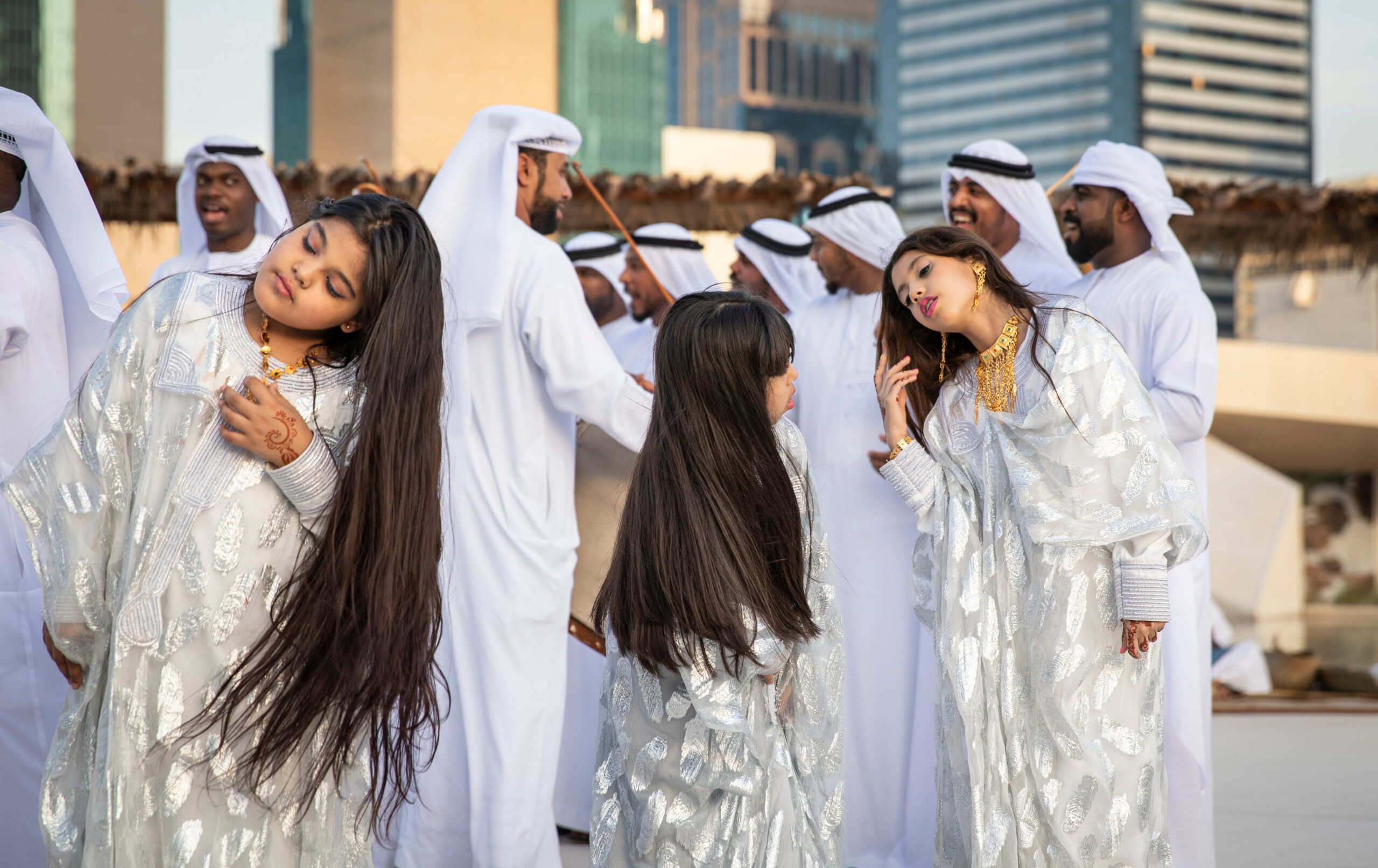Donald Trump has made countless deals in his lifetime, but his recent tour of the Middle East may have marked the pinnacle of his career. Despite his success, many were distracted from his achievements by the unusual reception at the UAE’s presidential palace, Qasr Al Watan, where more than a dozen young women danced, waving their long hair at the president.
The White House announced that the presidential tour culminated in a $600 billion investment commitment from Saudi Arabia, a $1.2 trillion economic exchange agreement with Qatar, $243.5 billion in U.S.-Qatar commercial and defense deals, and $200 billion in U.S.- United Arab Emirates commercial deals.
“President Trump’s historic collaboration with these Middle Eastern nations not only strengthens America’s economy but also fosters greater safety and stability in the region, paving the way for a more prosperous and secure future,” the announcement read.
As part of the four-day visit, the US president went to the palace to meet with UAE President Sheikh Mohamed bin Zayed Al Nahyan and received a ceremonial welcome. This included a traditional Al-Ayyala performance. Men in traditional attire moved in synchronised rows, wielding slender bamboo sticks carved to resemble small swords, and waved to simulate a battle scene. Young women in white gowns rhythmically flipped their long hair to the beat of drums and chants. The ceremony is accompanied by musicians playing drums, tambourines, and cymbals.
While this may seem foreign and even strange to Westerners, the ceremony was recognized by UNESCO in 2014 as part of the Intangible Cultural Heritage of Humanity. It is typically performed during weddings, national holidays, and festive gatherings as a cultural gesture of goodwill and respect. More than just a performance, Al-Ayyala represents unity, courage, and cultural continuity. The performance is often held in the presence of heads of state during welcome ceremonies.
“Deeply embedded in United Arab Emirates culture, Al-Ayyala exemplifies the ethos and gallantry of Bedouin life and reinforces the values of dignity and honour,” the Abu Dhabi Culture website explains. “Because it reflects the heritage and values of Emirati culture, the performance has become a symbol of national identity and union, and an integral part of celebrations.”
Al-Ayyala involves two rows of 20 or more performers facing each other. The members of each row stand closely aligned, often shoulder to shoulder, holding thin bamboo canes that symbolize swords. Their coordinated movements reflect cohesion and tribal cooperation. In the middle, a group of drummers maintains the rhythm using traditional percussion instruments like the al-ras and al-takhmir. At the same time, the men chant encouraging lines of verse—often drawn from Nabati poetry—celebrating themes of valour, chivalry, and heritage.




